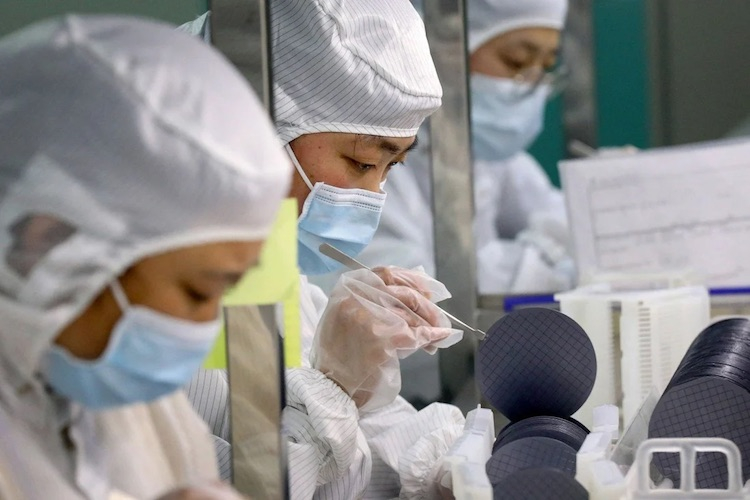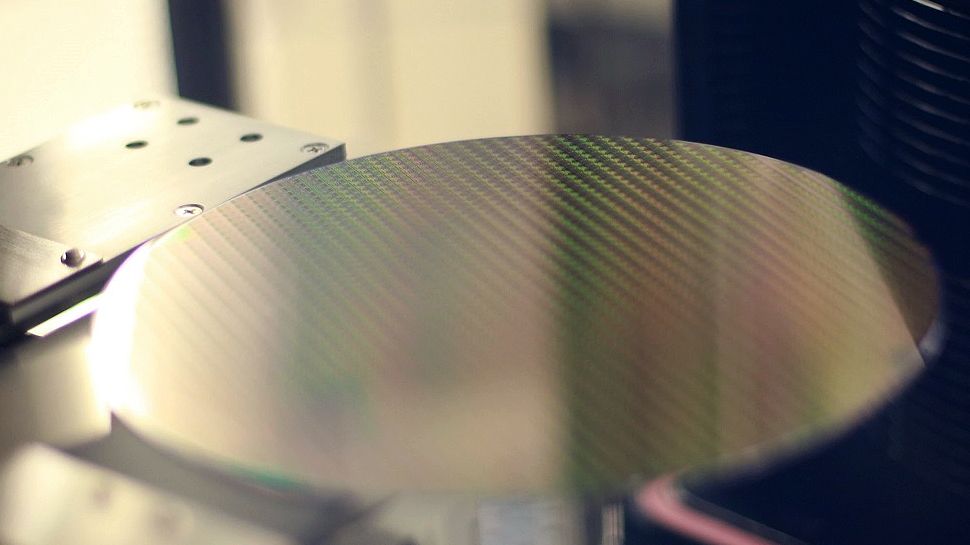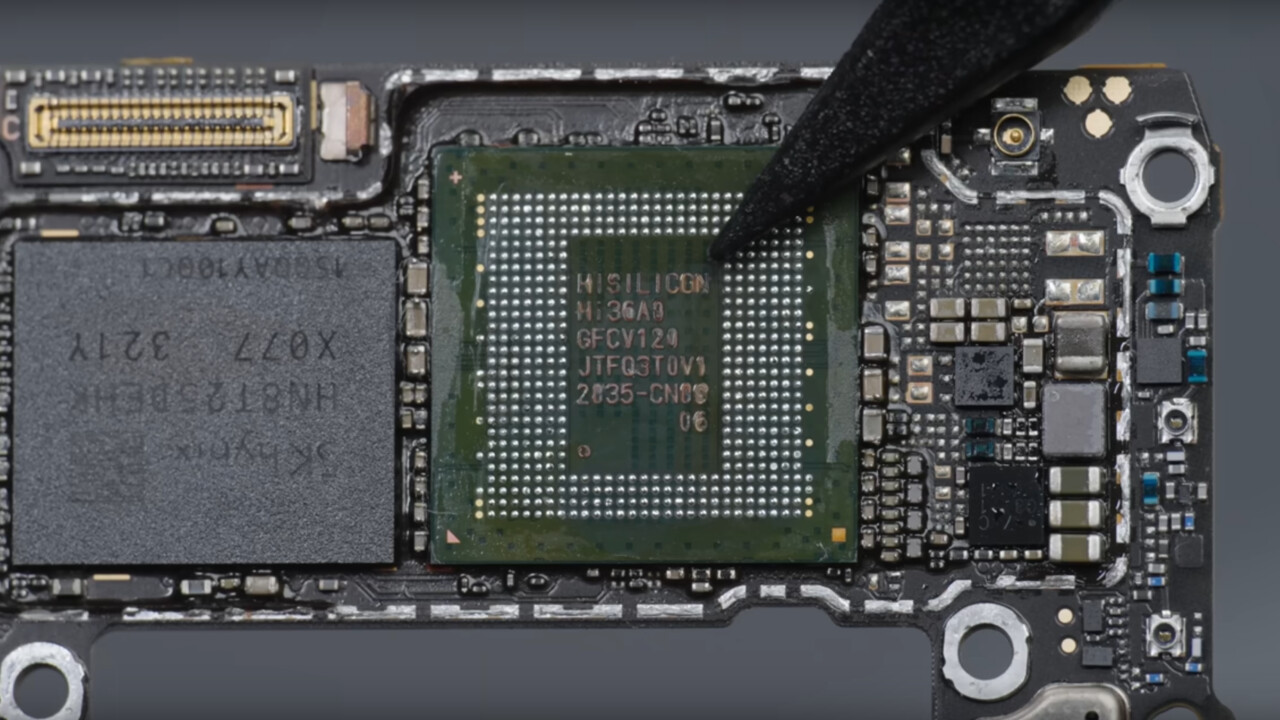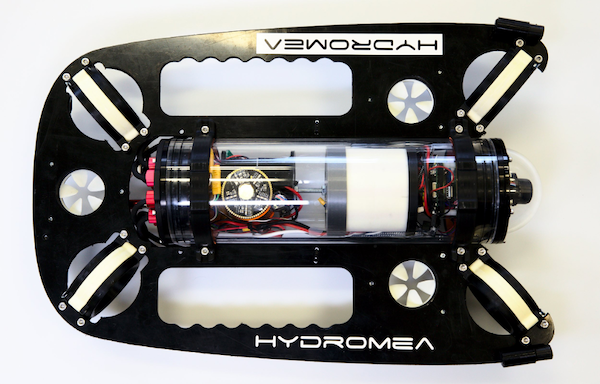Huawei was able to develop its own technology for producing 5nm chips. Prospects for the new method and the company itself

As you know, trade sanctions have been imposed on China, which do not allow companies from the Middle Kingdom to purchase equipment for the production of modern chips. Therefore, China has to solve the problem of establishing the production of processors and other modern electronic components on its own. As far as one can judge, some companies are doing this, and quite well. Details under the cut.
What do the Chinese have there?
Huawei Technologies Companies
managed to start producing modern
semiconductor components using advanced technical processes. The Chinese organization SiCarrier, which supplies the appropriate equipment, helps with this. The two companies have now co-authored a patent on the SAQP technology. It makes it possible not to use lithographs from ASML, but to do it on your own.

The method itself is a technology of quadruple pattering of lines on silicon wafers. It increases the density of transistors on the wafer, and, accordingly, the performance of the chip. It is worth noting that SiCarrier received a patent for self-leveling quadruple application technology (abbreviation SAQP) late last year. The document talks about the application of photolithography in deep ultraviolet.
In the case of Huawei and SMIC, this is the only method that increases transistor density using tools that the contract chip manufacturer already has. SAQP enables the production of more complex chips than those SMIC already produces for Huawei, including the Kirin 9000S.SiCarrier.

Overall, all this is an undoubted success. But, according to experts, China will still have to buy or develop EUV machines in order to build on its success and firmly occupy the niche of modern chip production. The fact is that EUV allows the production of relatively inexpensive chips. Alternative methods may be good, but the cost of processors and other components will be higher than with EUV.
It is worth noting that at the moment the most advanced chips are produced using the 3nm process technology. These are the kind of chips that TSMC makes for Apple®. China is doing well with the 7nm process, but it is still not enough for today's high-tech market. Significant efforts need to be made to reduce the technological gap between China and the United States.
Do you like detective stories? Complete the quest “In Search of Missing Links”! Register on the site and try yourself as a detective: find hidden links on Selectel pages and be the first to reach the final. Win exclusive merch and promotional code for Selectel services.
Huawei has other ways to stay afloat

The fact is that the corporation continues to develop using other approaches. For example, the secret purchase of necessary equipment. And this is not some suspicious data, but information from the Semiconductor Industry Association (SIA).
Where does this data come from? SIA is an American organization, very significant in the electronics market. It also includes companies from other countries, among them the largest players in the semiconductor market. For example, Intel®, Samsung Electronics, Taiwan Semiconductor Manufacturing (TSMC), Applied Materials and ASML.
Huawei is currently building new factories for the production of semiconductor elements and systems in China. Moreover, it does this through intermediaries, hiding the connection of the final beneficiary with Huawei itself. To be able to operate “white-label,” Huawei is conducting secret takeovers of semiconductor manufacturers in China, including factories. As far as one can judge, this is being done in order to be able to purchase equipment from Western companies that cannot be purchased directly. We are talking about equipment and technologies that are based on US technologies. The state, according to representatives of the association, has allocated about $30 billion to support Huawei’s work.
What else?
By the way, not only Huawei, but also other Chinese chip manufacturers are gradually increasing purchases of equipment for the production of semiconductor wafers. This is done in order to ensure the normal operation of their own enterprises. It is clear that the Celestial Empire conducts such transactions secretly, so that partners and Chinese companies themselves do not once again attract the attention of US regulators.

Not just one company, but many electronics manufacturers from China do this. For example, SMIC, HuaHong, Nexchip, Silan Microelectronics and other companies purchase not only entire used lithography machines, but also individual components and spare parts for them.
As far as we can tell, despite some setbacks (in China, quite a few companies that receive government assistance for chip production are closing down), the chip design and production industry is actively developing. On the one hand, this is explained by the fact that the country has a huge domestic market, which allows it to provide support to chip manufacturing companies. On the other hand, other countries are also interested in obtaining alternative components.
Most likely, China will still be able to reach the level of development of some companies that use American technology. True, this will not happen tomorrow, but, as far as one can judge, everything is going almost according to plan.
Read also




